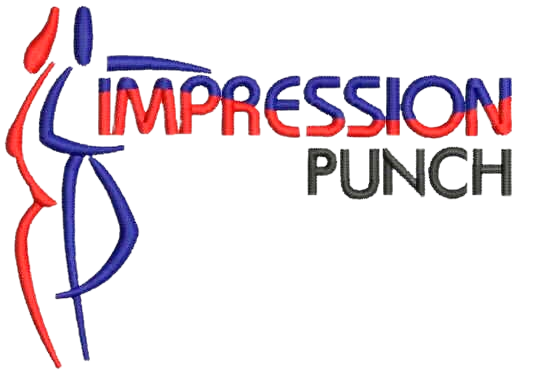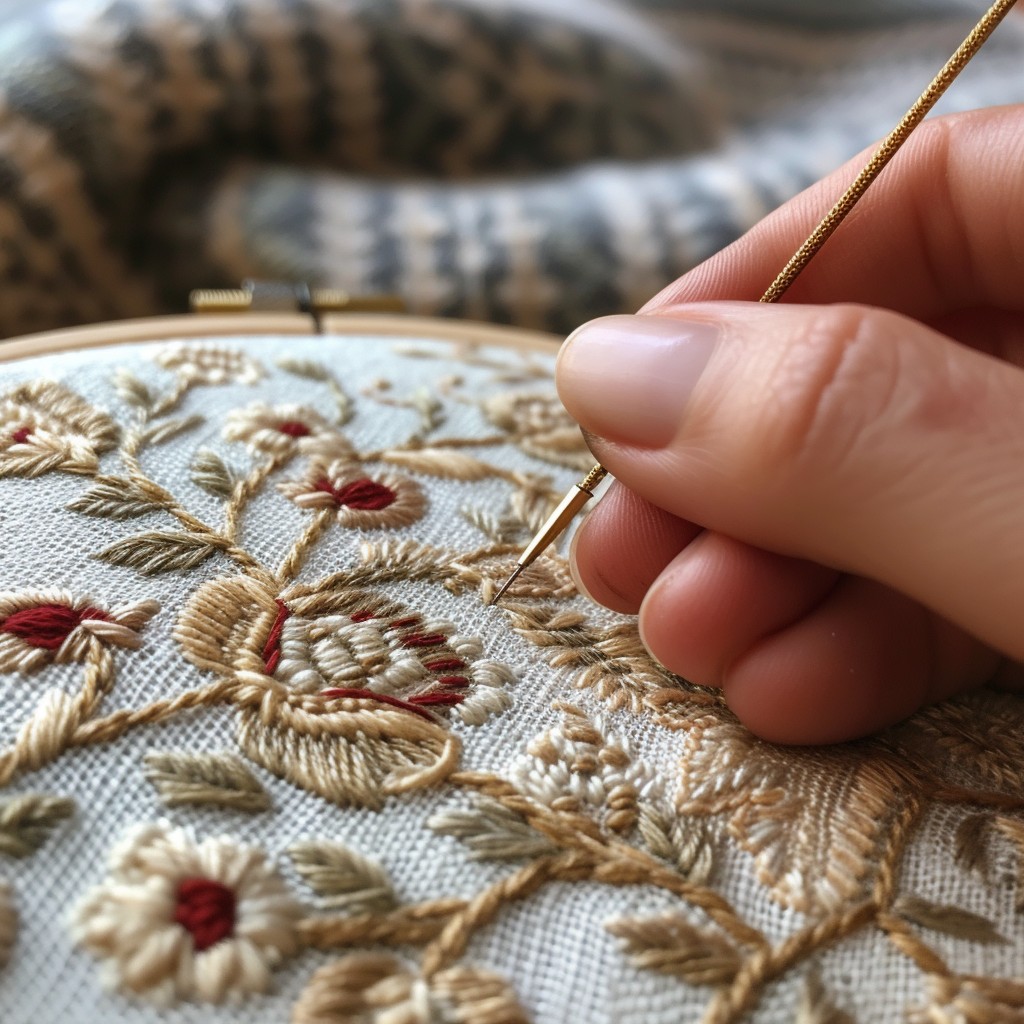There are number of types of stitches in Machine Embroidery.
Embroidery digitizing is the art and science of converting designs into a format that embroidery machines can understand and execute. Just as a painter uses different brushes and techniques to create a masterpiece, an embroidery digitizer uses various types of stitches to bring designs to life. If you’re new to embroidery digitizing or just looking to expand your knowledge, understanding the basic types of stitches is essential. Here’s a guide to the fundamental stitch types used in embroidery digitizing:
1. Running Stitch
The running stitch is one of the simplest and most versatile stitches. It consists of a series of straight, even stitches that create a continuous line. In digitizing, running stitches are used for outlines, lettering, and simple patterns. They are particularly useful for designs requiring fine details and are a staple for adding definition to embroidery.
2. Satin Stitch
The satin stitch is known for its smooth, shiny appearance and is often used to fill in larger areas of a design. This stitch involves sewing a series of closely spaced, parallel stitches that cover the entire area. Satin stitches are great for creating bold, solid shapes and intricate designs. They provide a luxurious finish and are commonly used for monograms and logos.
Here we can look visual of satin stich.
3. Fill Stitch
Fill stitches are used to cover larger areas with a solid pattern of stitches. Unlike satin stitches, which are more linear, fill stitches can vary in direction and density. This type of stitch creates a textured, quilted effect and can be adjusted to achieve different finishes. Common fill stitch patterns include:
- Tatami Fill: A popular type of fill stitch that uses a series of parallel lines to cover an area. It’s efficient and produces a smooth texture.
- Brick Fill: This pattern alternates the direction of the stitches in a brick-like formation, adding a bit of texture and visual interest.
- Random Fill: As the name suggests, this fill stitch involves a random stitching pattern, which creates a more dynamic and less uniform look.
4. Chain Stitch
The chain stitch is a decorative stitch that forms a chain-like pattern, making it ideal for adding texture and detail to designs. Each stitch is looped through the previous one, creating a series of interconnected loops. Chain stitches are often used in borders and accents, adding a unique and handcrafted touch to embroidery projects.
5. Fill Stitch Variations
In addition to the standard fill stitches, there are several variations that can add different effects to your designs:
- Underlay Stitch: This is a foundational stitch used to stabilize the fabric and provide a base for other stitches. It ensures that fill stitches adhere properly and prevents puckering.
- Border Stitch: This stitch outlines a design or section, providing a finished look and helping to define the edges. It can be combined with other stitch types for added detail.
6. Daisy Stitch
The daisy stitch is a decorative stitch that resembles the petals of a daisy flower. It’s often used for creating floral designs and embellishments. This stitch is formed by making a series of straight stitches radiating from a central point, which creates a beautiful and eye-catching effect.
7. Back Stitch
The back stitch is used to create a continuous line of stitching that appears solid from both sides of the fabric. It’s commonly used for outlines and detail work, providing a clean and sharp appearance. The back stitch is often employed in combination with other stitch types to add definition and contrast.
Conclusion about understanding types of stitches in machine embroidery.
Understanding these basic stitch types is crucial for anyone involved in embroidery digitizing. Each stitch type has its own unique properties and applications, allowing digitizers to create a wide range of effects and textures. Whether you’re designing intricate patterns or simple logos, mastering these stitches will give you the tools you need to produce high-quality, professional embroidery designs.
Here are few samples of Types of Digitized files.



Leave a Reply